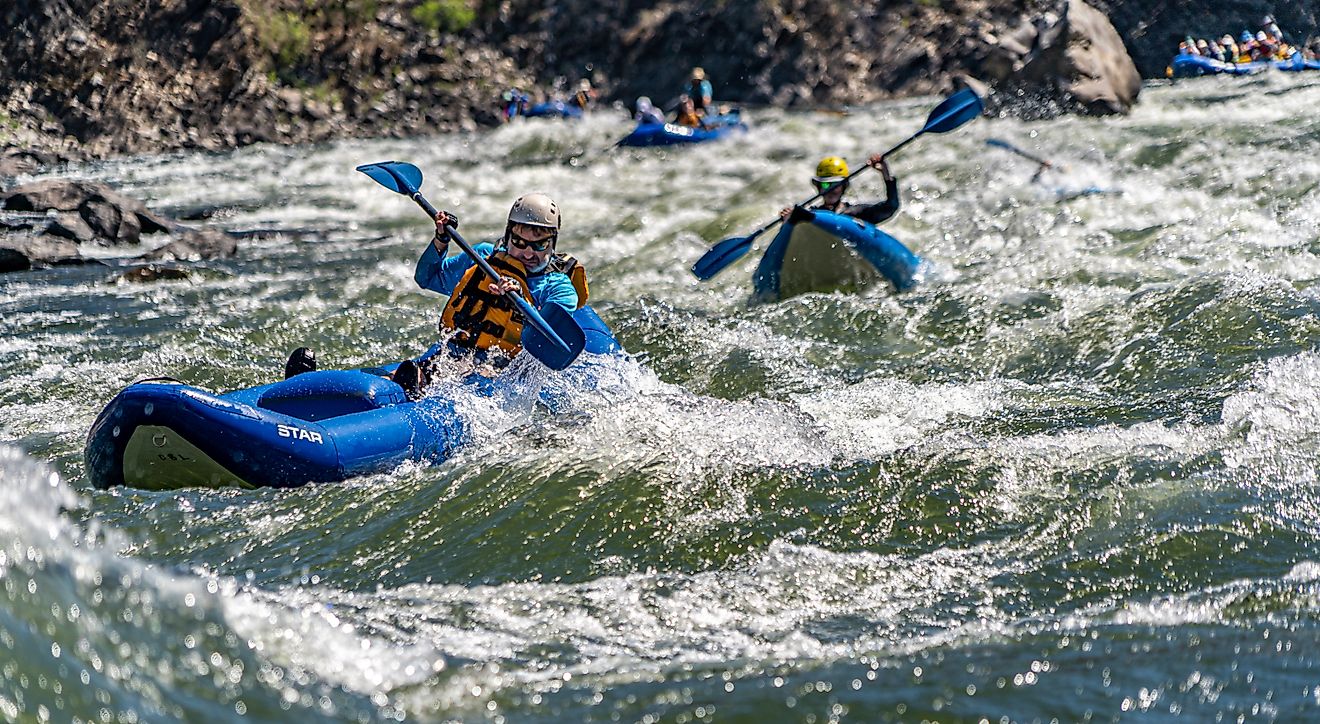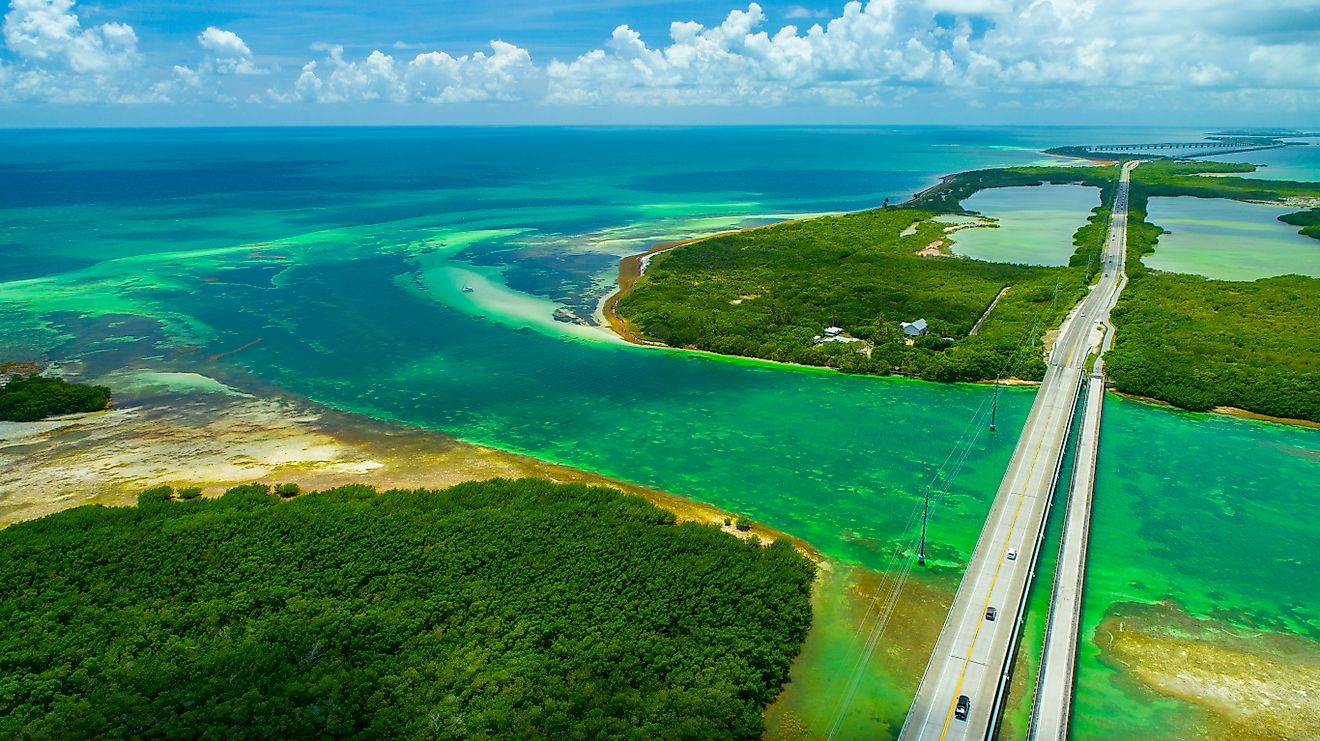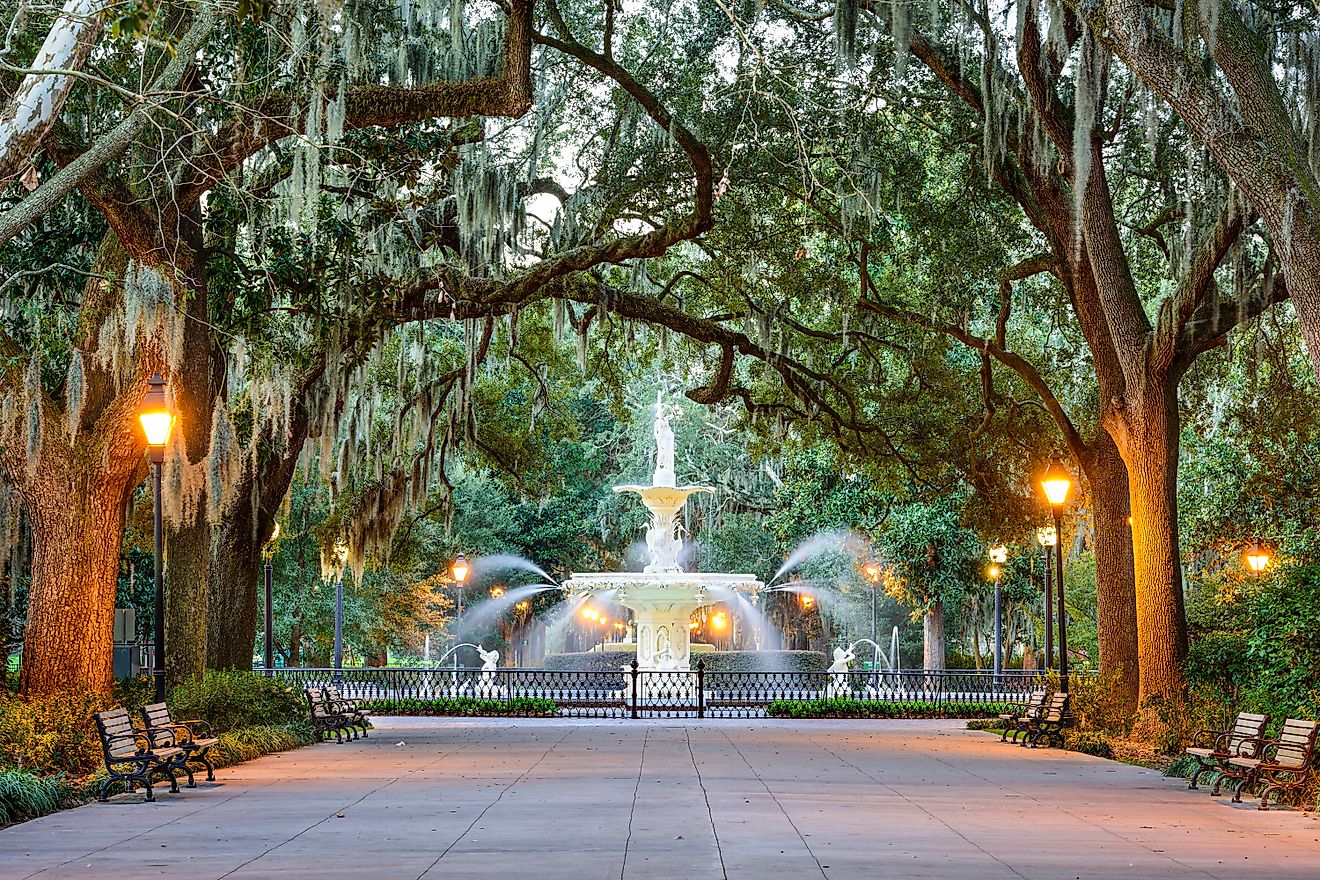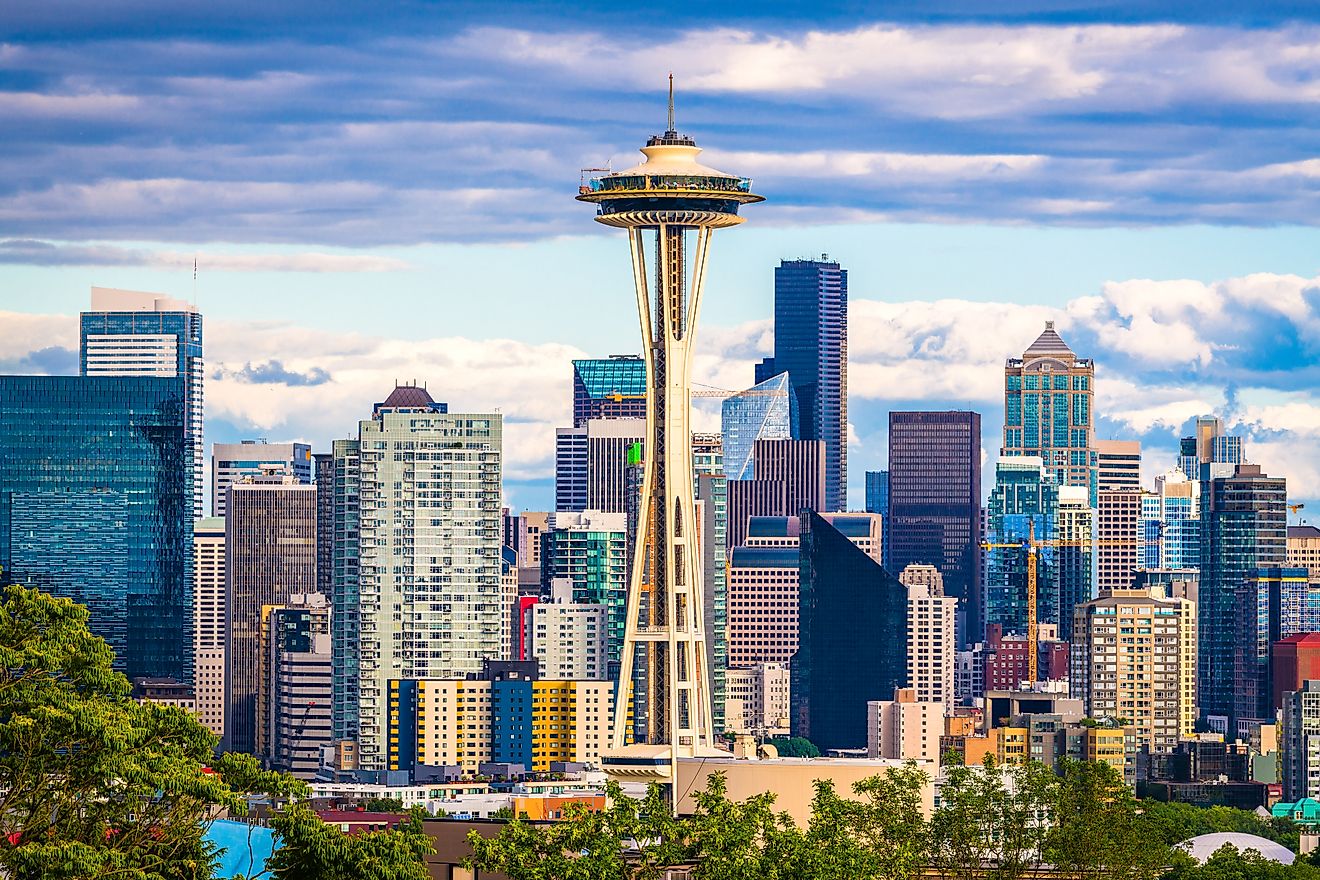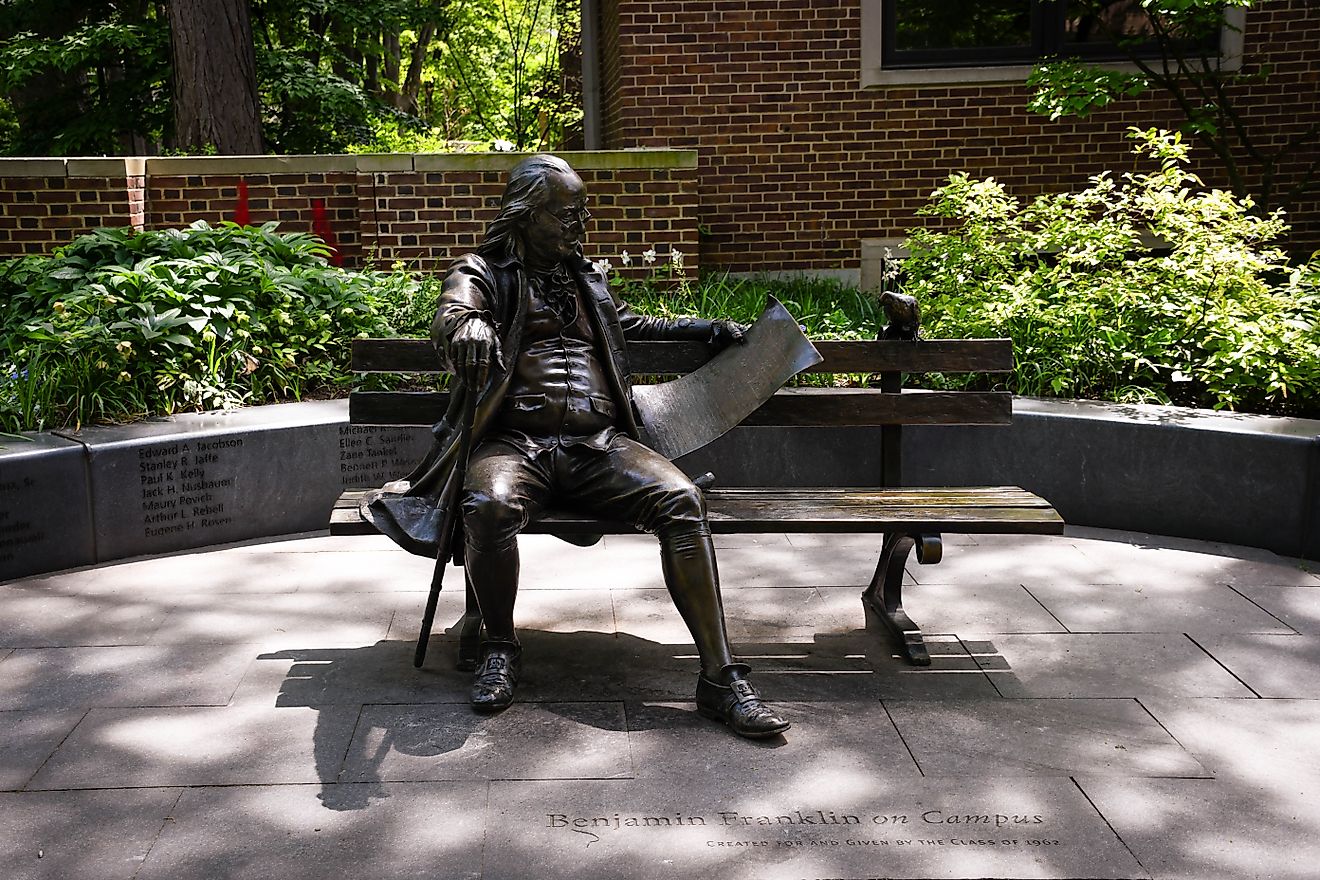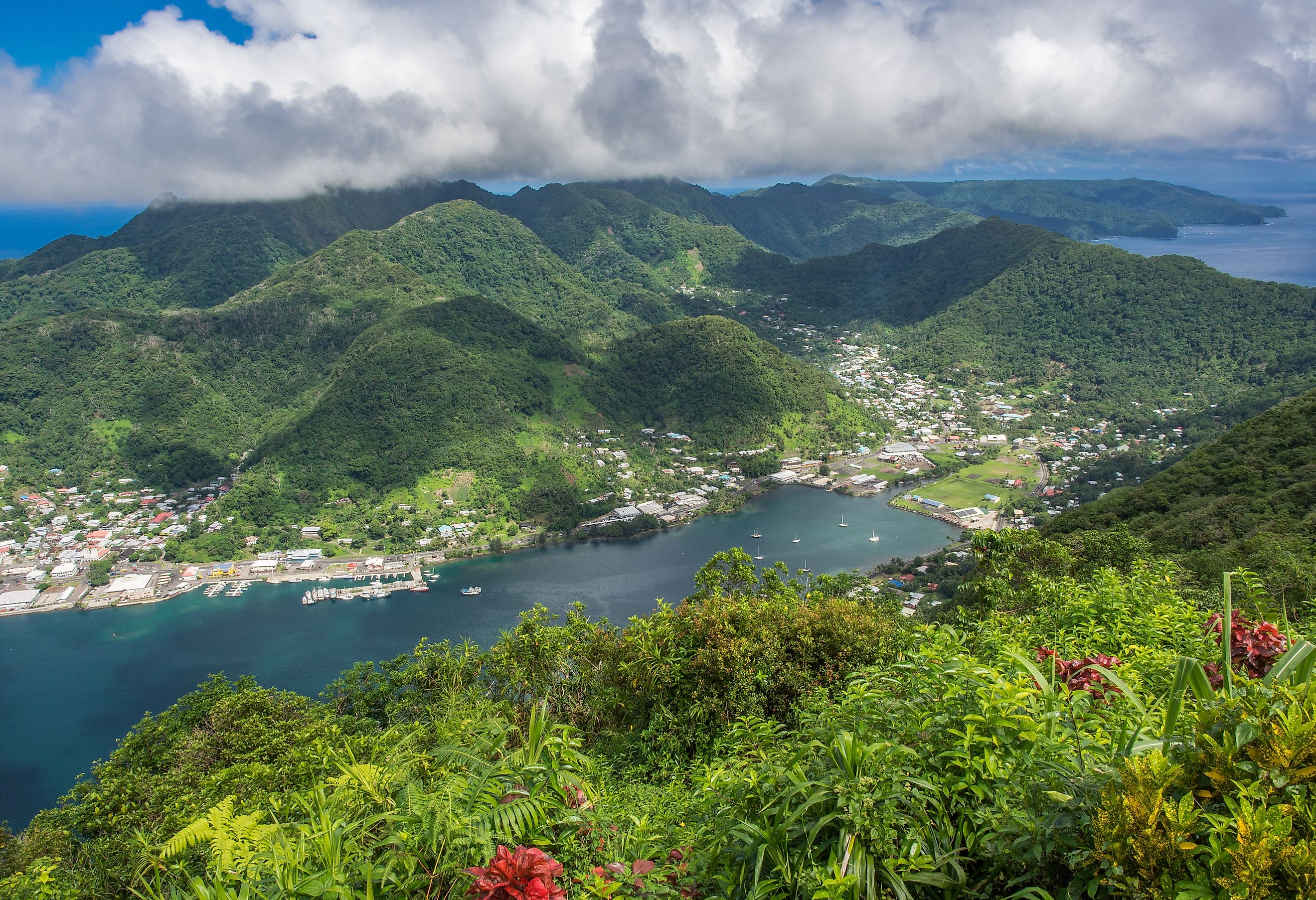
American Samoa
American Samoa is an unincorporated US territory located in the South Pacific, approximately 2,200 miles southwest of Hawaii and 1,600 miles northeast of New Zealand. It consists of six main islands—Tutuila, Tau, Olosega, Ofu, Aunuu, and the uninhabited Rose Atoll. The territory is a unique blend of American governance and traditional Samoan culture. The capital, Pago Pago, serves as the economic and administrative center, while the islands are known for their volcanic landscapes, lush rainforests, and vibrant marine biodiversity.
Historical Overview
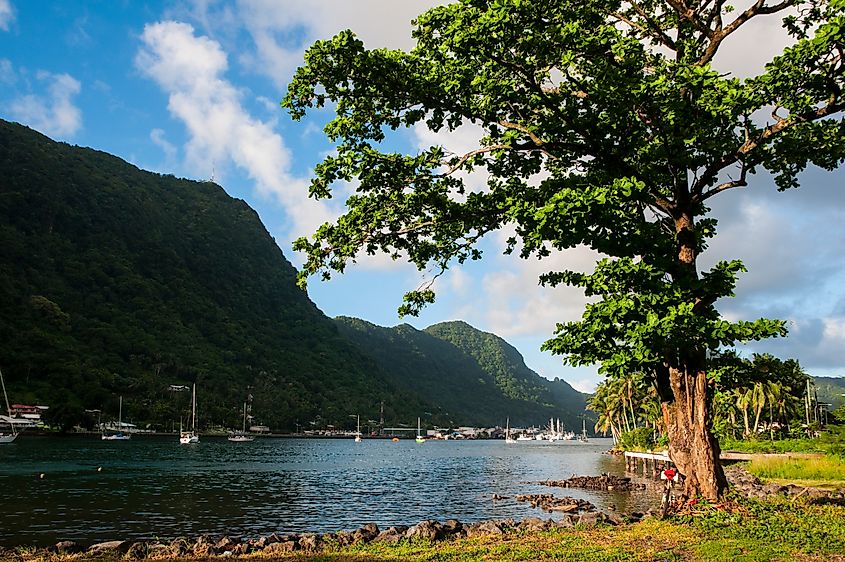
The Samoan islands have been inhabited for over 3,000 years, with Polynesian settlers arriving around 1000 BCE. By 500 CE, the islands became a launching point for explorers who later colonized much of eastern Polynesia. European contact began in the 18th century, with missionaries arriving in the 1830s.
The United States established a naval station in Pago Pago Harbor in 1878, and in 1899, an agreement with Germany divided Samoa into two entities: Western Samoa (now the independent country of Samoa) and American Samoa. Formal annexation occurred in 1904, and the U.S. Navy administered the territory until 1951, when control shifted to the Department of the Interior. Over the years, American Samoans pushed for greater autonomy, leading to the election of their first governor, Peter Coleman, in 1977.
Geography and Climate
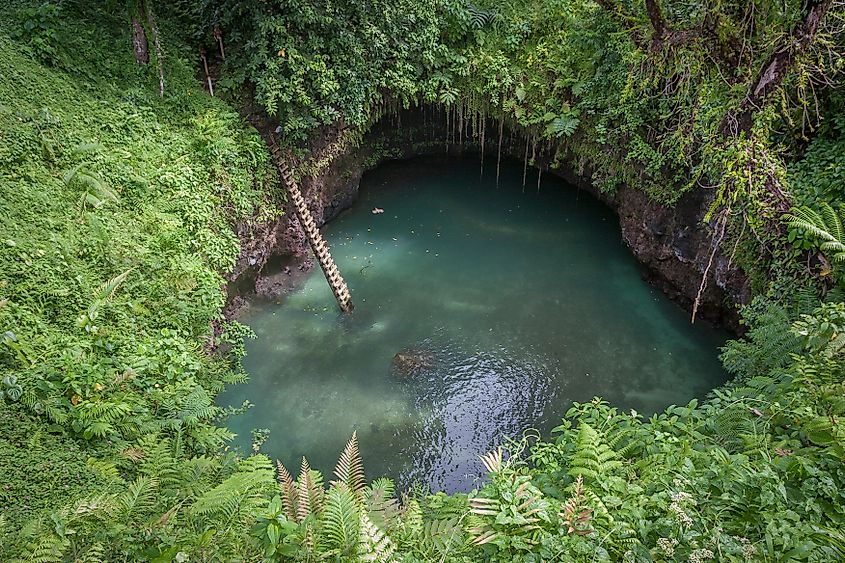
American Samoa's islands are the result of volcanic activity, with rugged interiors and coral reefs lining their edges. Tutuila, the largest island, spans 52 square miles and is defined by steep peaks and deep inlets, including the crucial Pago Pago Harbor.
The Manu‘a group, consisting of Tau, Olosega, and Ofu, lies approximately 60 miles east of Tutuila and is known for its dramatic coastlines and lush terrain. The territory experiences a tropical climate with year-round warm temperatures averaging between high 60s to low 90s°F. Annual rainfall is abundant, with Pago Pago receiving nearly 200 inchesof precipitation. The wet season, from November to March, occasionally brings severe storms.
One of the most devastating events in American Samoa's history was the 2009 earthquake and subsequent tsunami, which caused widespread destruction, particularly in Pago Pago. The natural disaster underscored the islands’ vulnerability to seismic activity and climate-related threats. Since then, infrastructure and disaster response mechanisms have improved to better prepare for future calamities.
Flora and Fauna
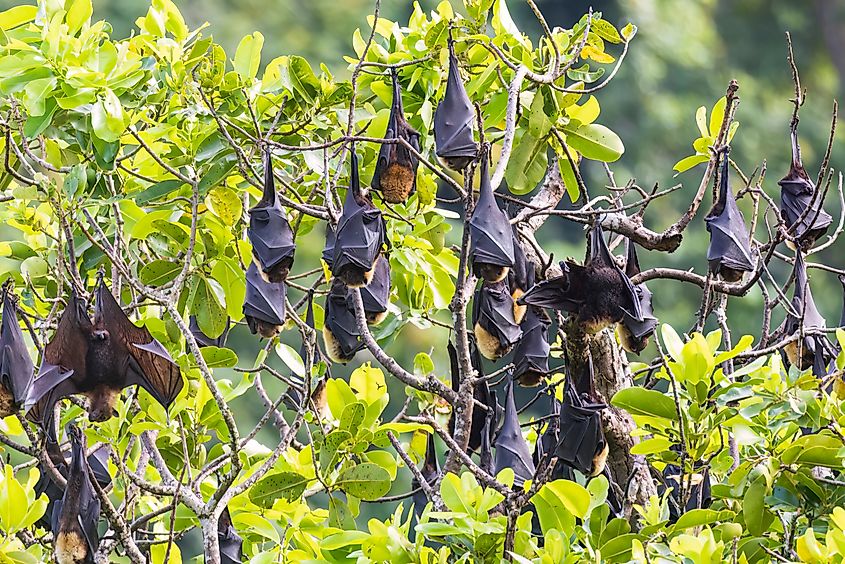
The islands of American Samoa are rich in biodiversity, covered in dense rainforests featuring towering ferns and tropical trees. Agriculture plays an integral role in local life, with plantations of taro, coconuts, and bananas lining the coasts.
While large mammals are absent, the islands are home to rare bird species, such as the elusive tooth-billed pigeon. Other wildlife includes flying foxes (a type of bat), lizards, pigs, and various insects.
People and Culture
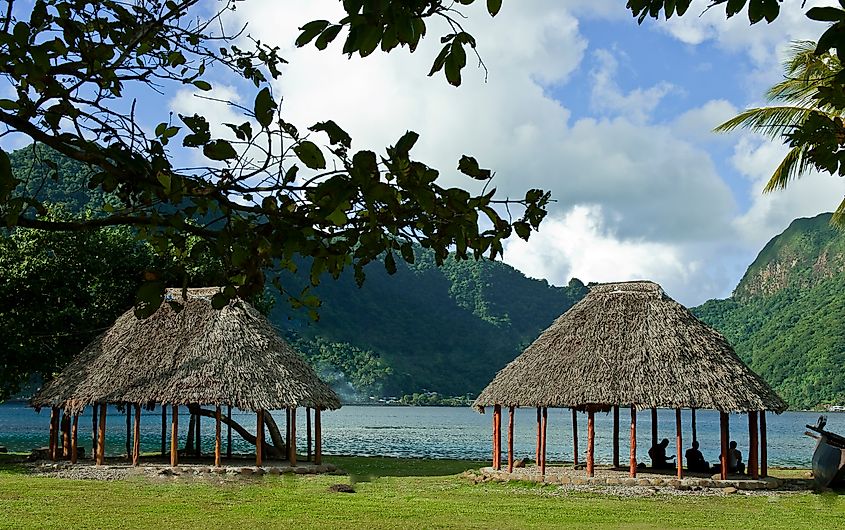
More than 90% of American Samoa's population is ethnically Samoan, a Polynesian people with close cultural ties to those in New Zealand, Hawaii, and Tonga. The traditional way of life, known as fa‘a Samoa, emphasizes communal living, with extended families (aiga) playing a central role in social organization.
Despite US influence, the Samoan language remains widely spoken alongside English. Christianity is a dominant aspect of life, with Protestant, Catholic, and Mormon communities coexisting across the islands.
Economy and Infrastructure
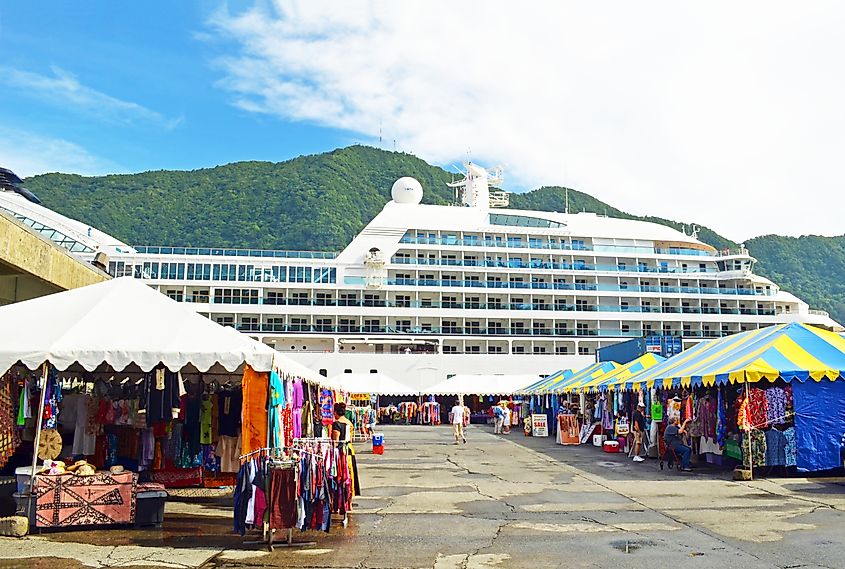
The economy of American Samoa is primarily driven by government employment, tuna canning, and tourism. The government remains the largest employer, and federal grants from the US play a crucial role in sustaining public services. Tuna canneries, owned by American companies, provide significant jobs and exports. Tourism, while not as developed as in other Pacific islands, benefits from the territory’s pristine beaches, cultural experiences, and the National Park of American Samoa.
Infrastructure has seen major improvements, particularly between the 1970s and 1990s, with increased road paving and the expansion of Pago Pago's port facilities. The main international airport, located on Tutuila, connects the territory with destinations such as Hawaii and other Pacific islands.
Governance and Political Status
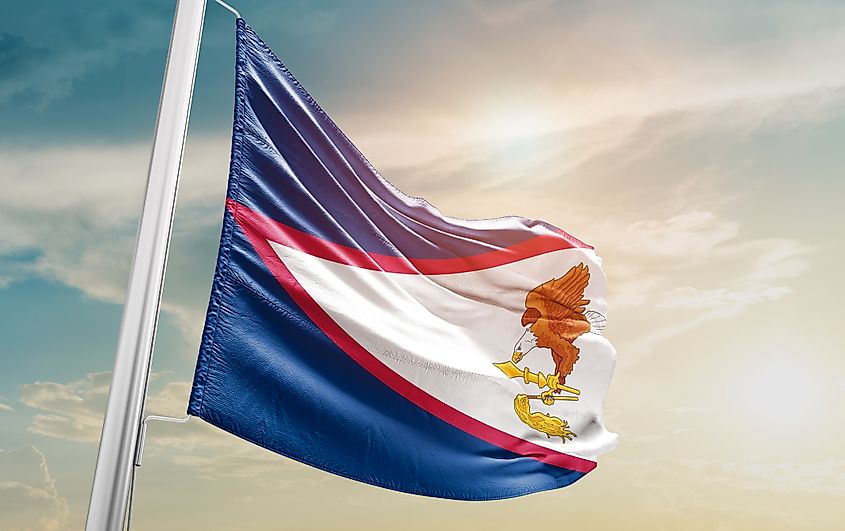
As an unincorporated US territory, American Samoa does not have full constitutional rights. The territory operates under a locally drafted constitution (1967), but ultimate authority remains with the US Department of the Interior. Unlike other US territories, American Samoans are considered US nationals rather than citizens, allowing them to reside in the United States but not automatically granting them the right to vote in federal elections.
The government consists of an elected governor and a bicameral legislature known as the Fono. While the House of Representatives is elected by popular vote, the Senate is chosen by councils of local chiefs, maintaining a deep connection to Samoan traditions. Additionally, since 1981, American Samoa has had a nonvoting delegate in the US House of Representatives, reflecting its unique political relationship with the United States.
Education and Healthcare
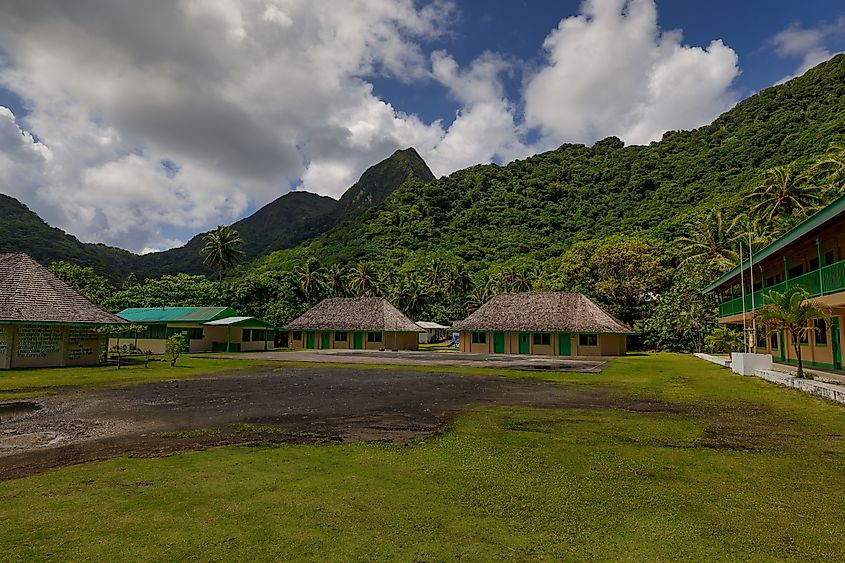
Education is compulsory between the ages of 6 and 18, with a mix of public and private schools available. The American Samoa Community College on Tutuila offers higher education programs in various fields, while many students pursue further studies in Hawaii or mainland US universities. Healthcare services are relatively strong, with heart disease, cancer, and respiratory illnesses being the leading causes of mortality. Life expectancy is above the regional average, at approximately 75 years.
